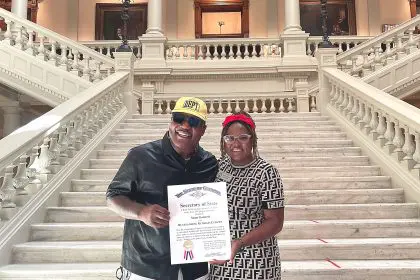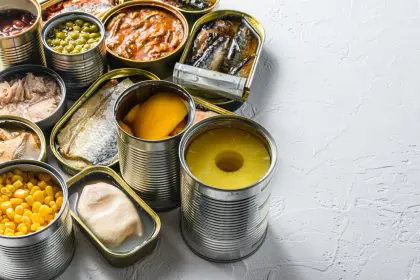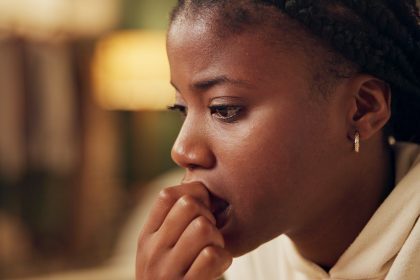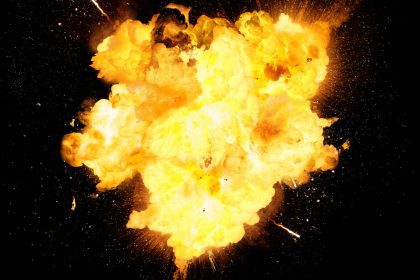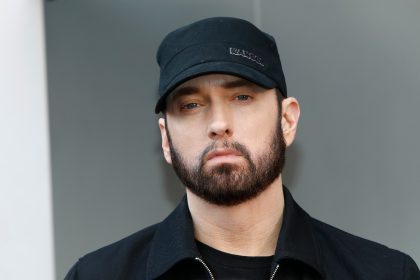
Thirteen years after Biggie Smalls’ murder, the LAPD is as close to solving the crime as they were the day he died. Which means, the police don’t have a clue, aren’t looking for a clue, and don’t want one. They pretty much dismissed this hip-hop gladiator’s death as just a retalitatory murder for the similar-style killing of Tupac Shakur just six months earlier in Las Vegas.
But the commemoration of Christopher Wallace’s premature death reignites the debate about who is the greatest rap artist of all time. Few in hip-hop could challenge Notorious B.I.G.’s vocal dexterity or lyrical prowess, except Rakim from the group Eric B. and Rakim. Biggie was a marvelous manipulator of the English language and brilliantly articulated his love of women and his former life as a ‘caine slinger.
But I must say that his friend-turned-nemesis 2Pac was hip-hop’s greatest ever rap star and its most versatile MC.
Prime example: “So Many Tears” is a devastatingly haunting cut about Tupac’s never-ending internal war with his demons, his nervousness about being resigned to hell and whether the Lord will open heaven’s doors for such an imperfect soul as his. This is an example of a foray into subject matter beyond Biggie’s imagination.
Pac could easily traverse the entire spectrum of human emotions and behaviors, something that Biggie did not have the capacity to do because it was not in his DNA. We all know Pac was the son of two revolutionaries (Black Panthers) and the nephew of another (Assata Shakur). This undoubtedly shaped his world vision and his culturally conscious outlook bled into much of his music.
Pac represented the highest and lowest of black America. He vascillated between social consciousness and unsavory activities (he was jailed for sodomizing a woman), yet could release a woman’s anthem “Keep Your Head Up.” He could talk about being a prolific playa of women in “I Get Around,” but then pay homage to the woman who birthed him in “Dear Mama.” He could talk about brawling with his boys in “If My Homies Call,” but then forcefully attack societal ills, poverty and injustice with “Brenda Got a Baby,” “Trapped,” “Part-time Mutha,” and “The Streetz R Deathrow.”
Pac talked about his many legal entanglements in “America’s Most Wanted” or fanning the flames of a coastal rivalry against Biggie in “Hit em Up, ” yet promote reconciliation and cultural unity in “That’s the Way it Is.” He was a complex and contradictory figure, like most of us are, and he relayed that with timeless eloquence in his music. Yes, sometimes he could act a complete fool, yet he could turn around and spit out a torrent of brilliant prose that would stump a college professor.
Speaking of academia, so influential was Tupac’s music that, long after his death, he was the subject of professor-led symposiums at Harvard University, Northeastern and the State University of New York and was the object of a student-led course at the University of California-Berkeley. Esteemed professor Michael Eric Dyson devoted a book, Holla if you Hear Me: Searchin for Tupac Shakur to explain his transformative music despite his blatant flaws and transgressions. Tupac’s music and imagery couldn’t help but spill into larger society, whereas Biggie, despite his magnificence, remains bordered within the confines of rap music. Yet, I love them both for what they brought to the game, much like most of us can appreciate both Michael Jackson and Prince.
Pac was able to bend his brain round a vasty array of issues concerning the day and was subsequently able to touch the lives of every hip-hop fan, one some level, in the world.
And for those reasons, I have to take Tupac Amaru Shakur over Christopher Wallace. –terry shropshire

